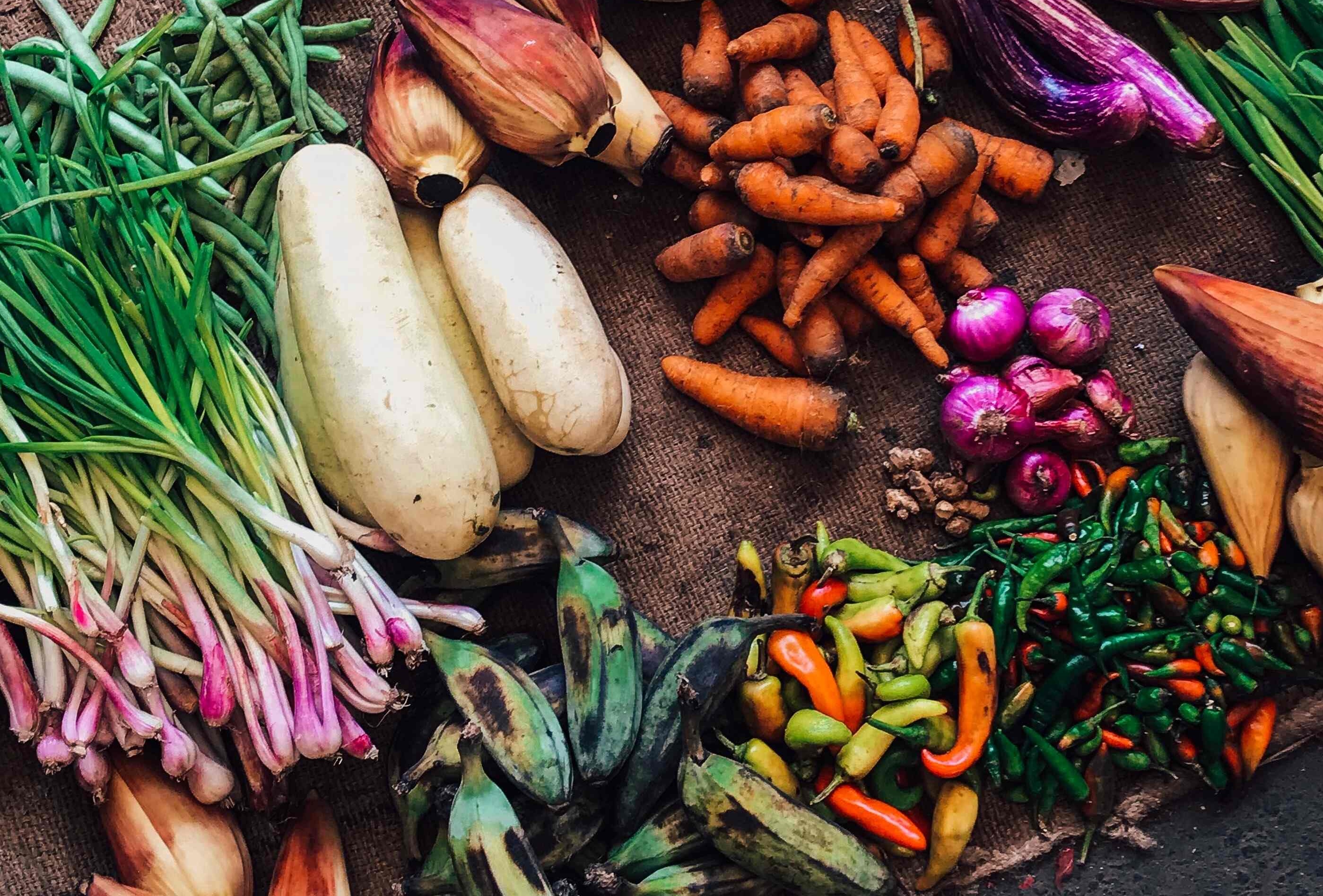Issue 58

With community fridges, vegetables such as these can escape the garbage bin.
Unsplash Claire Krummenacher
Claire Krummenacher
Community fridges tackle both food insecurity and methane emissions - Food waste comprises up to ten percent of global greenhouse gas emissions, and more is being thrown out than ever - in 2021, the U.S. produced 91 million tons of surplus food, a nearly a five percent increase from 2016. Currently, more than a third of the food produced annually in the U.S. ends up in landfills, where decomposing scraps release vast amounts of methane, a particularly potent greenhouse gas. Households account for nearly half of this waste, but community fridges are hoping to change that by providing a place where residents can deposit leftovers that would otherwise be thrown away. Overseen by nonprofits and mutual aid groups, these fridges fill a unique gap by accepting small quantities of prepared food that is ill-suited to food banks, which typically store large amounts of shelf-stable items. In addition, they’re fully accessible and anonymous since people don’t have to prove eligibility or sign up to use them. Hundreds are already operating nationwide, with more expected to be established due to the extremely high demand. As the network expands, the fridges’ carbon footprint will stay low - even when powered by coal, they require less energy than a cellphone, and a growing number are powered by solar panels.
 Amy Boyer
Amy Boyer
Regeneration is Social - Sweeping long-term changes are necessary to ensure a just and speedy energy transition, including social ones. So says the just-released report, Accelerating Decarbonization in the United States, from The National Academies of Sciences, Engineering, and Medicine. How do they recommend accomplishing those changes? We need robust public engagement, and the UN agrees. Fundamental to that engagement is energy literacy– just as we should know where our food comes from and how to cook it, we should know where our energy comes from and how to conserve it. Unfortunately, around the world, energy literacy is low. Storytelling can help change that, whether it’s part of planning exercises or integrating climate actions into pop culture. Trust, so crucial for community decision-making, currently seems in short supply. This set of case studies from Climate Outreach recommends practices for creating trust in widely different settings, from an environmental festival that brings small organizations together to a difficult process of relocating a community from islands that are going underwater.
 Benjamin Felser
Benjamin Felser
Indigenous fire management to protect California's oak forests - Recent funding aims to bolster and expand indigenous forestry initiatives in San Diego, offering hope for the conservation of iconic oak forests threatened by pests and drought. For over two decades, the Goldspotted Oak Borer has wreaked havoc on oak trees in Southern California–particularly on the ancestral lands of the La Jolla Band of Luiseño Indians on Palomar Mountain. Faced with a statewide surge in tree mortality due to pests and drought, the University of California has supported a collaborative effort involving San Diego State University, multi-tribal climate resilience projects, and the La Jolla Band. This endeavor focuses on indigenous fire management, training, and restoration demonstrations, emphasizing climate adaptation that respects diverse forms of knowledge. The project explores the importance of acorns as a vital food resource. It also investigates the timing of cultural burning and tree-cutting to mitigate the impact of the Goldspotted Oak Borer. Initial findings have shown that fire treatments can reduce the Oak Borer's infestation rates by 90-100 percent. The funding will enable the expansion of these stewardship practices and their documentation for potential statewide application. To learn more, see our Fire Ecology Nexus.
 Courtney White
Courtney White
Goats on the frontlines of wildfire prevention and invasive weed suppression – A recent study concluded that climate change has boosted the chance of extreme wildfires in California by 25 percent, which lines up with recent mega-fires in Canada, Greece, and other parts of the world. As this NY Times story explains, the “Pyrocene Age” is completely transforming and shifting the location of entire ecosystems. It is a similar situation with invasive species, according to a new UN report. In response to these issues, governments and landowners are turning to an age-old solution: herds of hungry livestock. It’s called targeted grazing, and its services are often provided by private businesses. In California, a herd of goats can clear an area of fire-prone vegetation at the rate of an acre a day, including a wide variety of invasive plants. In Canada, ecologists are using cattle grazing to reduce wildfire risk. Sheep are mowing suburban lawns and vineyards. In Spain, farmers use livestock and agroforestry to create fire-resistant landscapes. Technology is getting involved as well. Fenceless grazing in the UK uses GPS collars and music to steer animals away from ecologically sensitive areas! For more on this topic, visit our Silvopasture Nexus.
| ||||
Take Action on Nexus Support our work Want the Waggle coming to your inbox instead? Click Here to Subscribe! |



